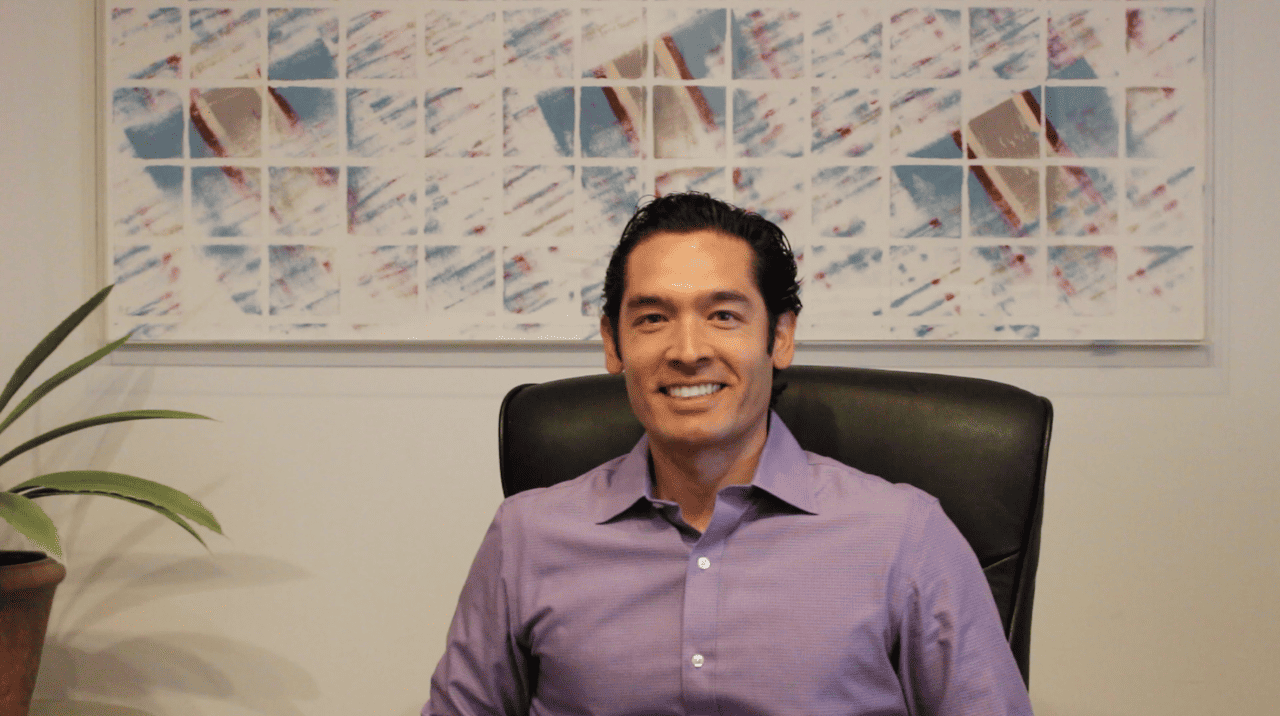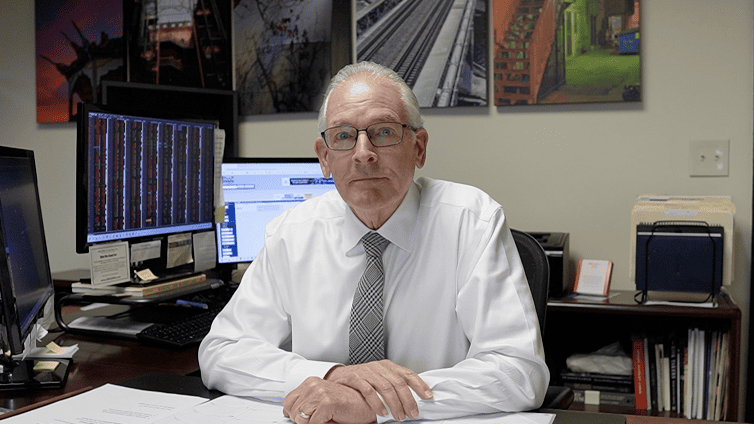Many years from now, we’ll reminisce about the year 2020. With all that has happened this year, it’s hard to believe we’re still only in June. Let us briefly look at where we’ve come so far this year.
January 3, 2020: China starts to regularly communicate with World Health Organization and relevant countries regarding the outbreak of the COVID-19.
January 20, 2020: The first known case in the U.S. of COVID-19 was confirmed in the Pacific Northwest state of Washington in a man who had returned from Wuhan on January 15.
February 12, 2020. The stock market (as measured by the DJIA) hits an intraday all-time high of 29,568.57.
March 11, 2020. Tom Hanks and Rita Wilson tell the world they have contracted COVID-19 while filming in Australia. The NBA halts a game in Utah and suspends the entire season indefinitely.
March 16, 2020. The U.S. economy begins to shutdown, led by California’s aggressive steps to curb the spread of the virus. The DJIA drops 2,999 points.
April 6, 2020. Despite bad economic data, the stock market begins showing signs of a comeback. The DJIA closes up 1,627 points.
April 16, 2020. 5.2 million Americans file for unemployment in a single week, bringing U.S. jobless claims to 22 million total since the start of shutdowns, nearly 13% of the labor force.
April 20, 2020. The price of oil future contracts turns negative as demand continues to weaken and storage hits max capacity.
May 25, 2020. The killing of George Floyd in Minneapolis, MN sparks nationwide protests and unrest.
June 5, 2020. A stellar job report beats expectations, further showing signs of a swift economic recovery. The DJIA closes up 832 points, down just 5% on the year.
June 11, 2020. Following a gloomy outlook from Fed Chair Jay Powell, the DJIA continues its volatility and closes down 1861 points.
So where do we go from here? Markets will await new information in the following areas:
The Reopening of Businesses, the Demand of the Consumer, and the Earnings of Companies
There is no doubt, social distancing measures may help to slow the spread of the virus, but damage the economy. Citizens were encouraged to work from home, schools were canceled, and restaurants and bars were closed in most major cities. This had a profound impact on the leisure, hospitality, tourism and retail industries. Consumer spending, employment and earnings contributions in these industries were most impacted by social distancing. As businesses reopen, a recovery of GDP from the first two quarters will be watched closely.
New COVID-19 Cases
The trajectory and progress of COVID-19 will determine the fate of the markets and economy. As the summer goes on and businesses reopen, we hope to see a decline in both the growth of cases and the mortality rate, which will be key to stabilizing markets and the economy. The real test may be the fall season, as colder weather brings the according to epidemiologists, the potential for a second wave of COVID-19. We are staying hopefully and optimistic that will not be the case.
Unemployment Figures
The recession of 2020 will likely be symbolized by the very high unemployment we saw at its peak. The sharp decline was primarily due to the fact that the industries most affected were huge employers of low-wage labor. In addition, while the stimulus packages provided some incentives for firms not to lay off workers, it also provided for very generous unemployment benefits. In many cases, this meant that workers would fare better by being laid off and collecting unemployment benefits over getting back to work as soon as possible. Let’s see how fast the unemployment rate can decline as the economy begins to recover, most notably in the industries of leisure, food services, transportation, hospitality and retail.
Short, Medium, and Long-term Inflation
Inflation has been subdued for years. However, we could see a change in that dynamic over the course of the recession and following expansion. The collapse we witnessed in oil prices pulled down headline inflation in the short-term, and broader disinflationary pressures appear as they will pick up. However, given the massive fiscal and monetary stimulus provided by the U.S. government and Federal Reserve, inflation could pick up substantially in the medium to long-term.
New Stimulus from the U.S. Government
Given that the heart of the economic damage is with consumers and businesses, the U.S. government put together a multi-trillion dollar fiscal package to combat the impact of social distancing and target these areas specifically. Legislation provided significant (but temporary) help to individuals, companies and state and local governments, but it couldn’t prevent the economy from falling into a sharp recession, in terms of lost output and higher unemployment. However, it should allow both households and companies to avoid the worst effects of recession until a vaccine has been developed and the economy can embark on a robust recovery. Needless to say, however, this stimulus has come at a very high fiscal price with the federal deficit likely to top 3 trillion dollars in this year alone.
The Tools of the Federal Reserve
The Federal Reserve has delivered two emergency rate cuts, bringing rates down to 0-0.25%. It has also restarted quantitative easing (QE). Additionally, it has implemented several lending facilities to ensure adequate liquidity, smooth functioning of the short-term funding markets, and access to credit. Areas most damaged by social distancing are not necessarily interest rate-sensitive sectors, so stimulative effects to the economy may be limited. However, these steps should help with liquidity and financial conditions. We may see what other tools they have in their toolbox. Unlimited asset purchases is quite powerful.
Geopolitical Tensions with China
It’s hard to know where to start when talking about U.S.-China conflicts, but last year’s contentious trade negotiations are as good a place as any. After an 18-month trade war, Beijing and Washington signed the Phase 1 agreement on Jan. 15. That was four days after the first death from Covid-19 was reported in China; a few days later, the disease was found in Japan, South Korea, Thailand, and the U.S. The pandemic soon swept around the world. General unpreparedness and mismanagement in many countries caused an economic crisis—and soon led to a blame game between the U.S. and China. And that has led America to take a tougher stance against China in several areas, including technology and the financial markets, that had been put on hold as the trade negotiations started making headway. The directions of these tensions will be important to monitor.
Moves in Interest Rates
As of right now, lower for longer looks to be the only possible scenario. Treasury yields fell to historic lows before a slight recent rally. In this low rate environment, investors will continue to hunt for yield. While the downturn has caused high yield spreads to widen, defaults in certain names still remain likely, so careful security selection is important. Additionally, high-quality fixed income will continue to play an important role in providing investors with protection if the recession should deepen.
U.S. Stock Market Valuations
The long bull market in equities finally ended in the first quarter, and we cannot be sure that stocks won’t have another big pullback, given the potential for further shocks either in the progress of the disease or numbers on the economy. However, for long-term investors, it is worth recognizing both the help embedded in the CARES Act and the potential for stocks to continue to rebound strongly as the effects of COVID-19 fade further. It is also important to acknowledge that the fall in both short-term and long-term interest rates since the onset of this crisis, strengthens the case for U.S. equities, both for current income and future capital gains.
Election 2020
Since 1932, an incumbent U.S. president has never failed to win re-election…unless a recession has occurred during their time in office.
The 2020 election between incumbent Donald Trump and challenger Joe Biden is now less than five months away. As of June 6, 2020, the odds in Las Vegas predict even money on either candidate winning the presidency.
Finally, let’s continue to keep an eye on the long-term quality companies and sectors that we are invested in. Let’s make sure our asset allocation is suitable to our financial goals, age, risk tolerance, and upcoming cash needs. Lastly, let’s continue to stay optimistic about the long-term staying power and growth of businesses in the United States and abroad. This positivity alone will help us ride out the crazy times that any year brings; especially the second half of 2020.





